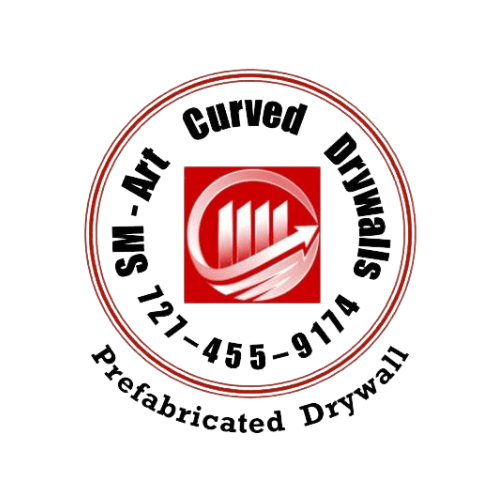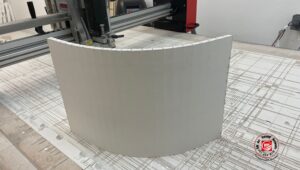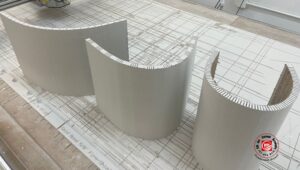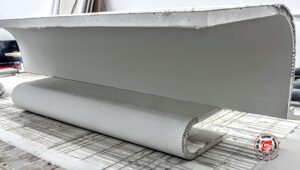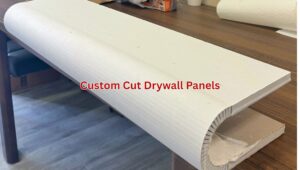In drywall installation, one of the most critical elements often overlooked is the proper treatment of corners. Sharp, clean, and durable corners not only enhance the visual appeal of a room but also contribute significantly to the longevity of wall surfaces. That’s where drywall corner beads come into play—a precision-engineered component designed to reinforce and perfect drywall corners, especially the high-traffic outside edges.
Understanding Corner Bead
Corner bead is a rigid strip—typically made from metal, vinyl, or paper-faced composite materials—used to create straight, impact-resistant corners. While drywall panels meet at corners, they require reinforcement to maintain their integrity over time. Without corner beads, these areas are prone to chipping, cracking, and misalignment.
Types of Corner Bead
Each type of corner bead has its specific use depending on the project’s demands:
- Metal Corner Bead: Traditionally used and known for its strength and rigidity. It is ideal for high-traffic commercial spaces and is mechanically fastened using drywall nails or screws.
- Vinyl Corner Bead: Lightweight, corrosion-resistant, and more flexible. This type is commonly used in moisture-prone areas and is easier to cut and handle on-site.
- Paper-Faced Corner Bead: Combines a metal or plastic core with an outer paper layer, which bonds seamlessly with joint compound for a smooth, paint-ready finish. It reduces the risk of edge cracking and is favored for high-end interior finishes.
Installation Best Practices
- Preparation: Begin with properly aligned drywall sheets and clean edges. Any protruding screws or debris must be removed to ensure a flush fit.
- Attachment: Depending on the type, the corner bead is either mechanically fastened or embedded in a joint compound. Precision in alignment is key—any deviation will affect the finished appearance.
- Applying Joint Compound: Use multiple thin layers of joint compound to embed the bead and feather the edges. Allow each coat to dry fully before sanding and applying the next.
- Sanding and Finishing: Once dried, sand the surface to a smooth finish. The goal is to make the corner bead invisible under paint or texture.
Curved Wall Interior Design Ideas: Innovative Approaches to Embrace Curved Walls
Conclusion
Drywalling corners with corner beads is more than a finishing touch—it’s a technical necessity that ensures both structural durability and aesthetic precision. When installed correctly, corner beads deliver a flawless edge that resists wear, enhances visual continuity, and provides a professional-grade finish every time. For contractors, builders, and renovators, mastering corner bead installation is an essential skill that elevates the quality of any drywall project.
